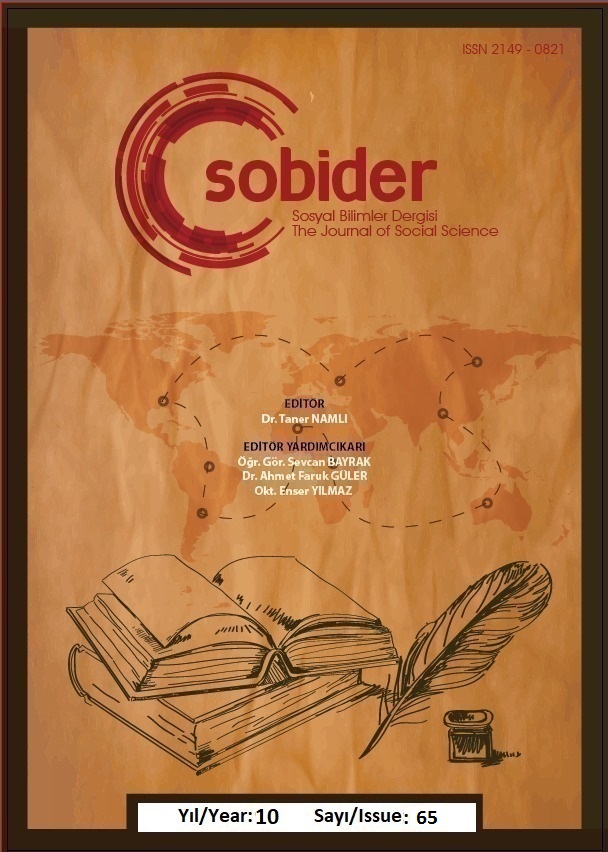Author :
Abstract
Doğru soruları sormak, sorulması gereken ancak henüz sorulmamış veya gündeme taşınmamış soruları yüksek sesle dillendirmek insan aklının ve bilimin en önemli dayanaklarındandır. Tefsir yazma geleneğimizde de özellikle Zemahşerî’de iyice belirginleşen soru-cevap yöntemi (fenkale), Râzî’de “mes’ele/mesâil” başlıkları altında daha görkemli boyutlara taşınmıştır. Bu makalede yapılmak istenen şey, belirtilen yöntemin güncel düşünce yapımız içinde olabildiğince etkin kullanımından ibarettir. Ancak hedef yalnızca metin verilerine dayanan veya basit kültürel bilgiyle cevap verilebilecek sorularla sınırlı tutulmuştur. Bu münasebetle elinizdeki çalışma, metin çözümleme veya söylem analizi düzeyinde tutulmuş, geleneğimizdeki “luğavî tefsir” alanına kısmen yaklaşılmıştır denilebilir. Yöntemin uygulaması babalar ve oğullar arası diyalogların bir parçası olarak Hz. Ya‘kûb ve Hz. Yûsuf arasındaki birer cümlelik konuşma üzerinde cereyan etmiştir. Muhaverelerdeki hitap ifadeleri, kelimelerin dağılımı, cümle türleri, edebi anlatım yöntemleri, konuşmaların ardındaki rûhî durum, bulunulan ortam ve diyalogun paydaşları gibi etkenler dikkate alınarak metin üzerinden sorular oluşturulmuş, bu sorulara makul veya tartışmaya açık cevap teklifleri sunulmuş, böylece metnin verdiği ikincil anlamlara, düşünce alanlarına veya çağrışımlara ulaşılmaya çalışılmıştır. Sağlam inancın, insanın kusurlu ve güçlü yönlerinin, özünden ve varlık sebebinden uzak duruşunun derinden anlatıldığı iki satırlık Kur’ân metni bir bakıma insan hayatının ve insanlık tarihinin özeti gibidir.
Keywords
Abstract
Asking the right and necessary questions is one of the most important foundations of the human mind and science. The question-answer method (fenkale), which became evident in our tafsir tradition, especially in Zemahşeri, was carried to more magnificent dimensions under the headings of "mes'ele/mesâil" in Razi. What we want to do in this article is to use the method outlined in our current review as effectively as possible. However, the target is limited to questions that can only be answered based on textual data or simple cultural knowledge. For this reason, it can be said that the study in your hand is kept at the level of text analysis/discourse analysis and the field of "literary interpretation" in our tradition is partially approached. The application area of the method is a two-sentence conversation between Jacob and Joseph as part of the dialogues between fathers and sons. Elements such as addressing expressions, the distribution of words, sentence types, literary expression methods, the moral situation behind the speeches, the environment and stakeholders of the dialogue have been the source of the questions. It has been tried to give reasonable or language-based answers to these questions that can be discussed. With the related questions and answers, it has been tried to reach the secondary meanings, fields of thought or connotations given by the text. The two-line Qur'anic text, in which a strong belief, the weaknesses and strengths of man, and his distance from his essence and reason for existence, are explained in depth, is like a summary of human life and history.
